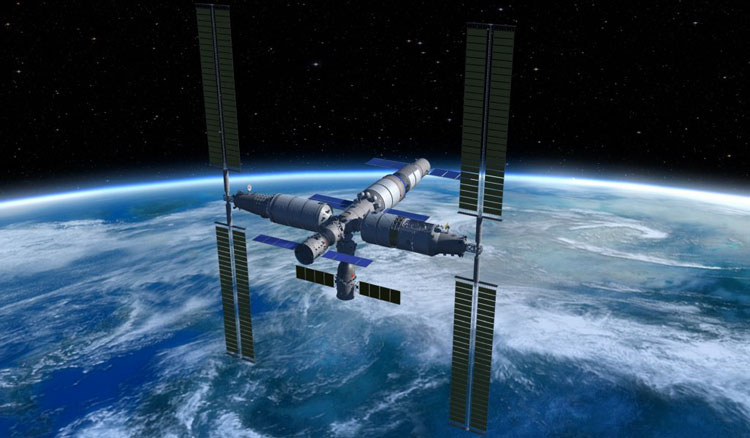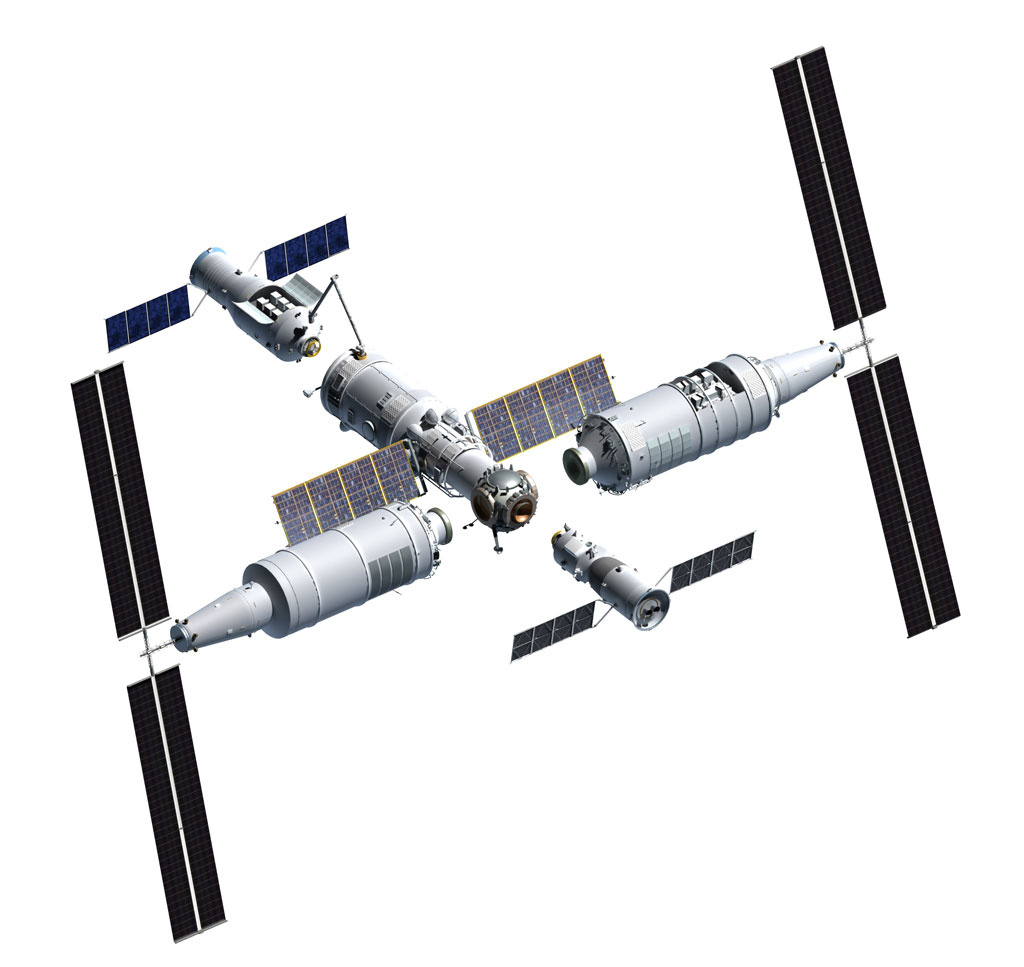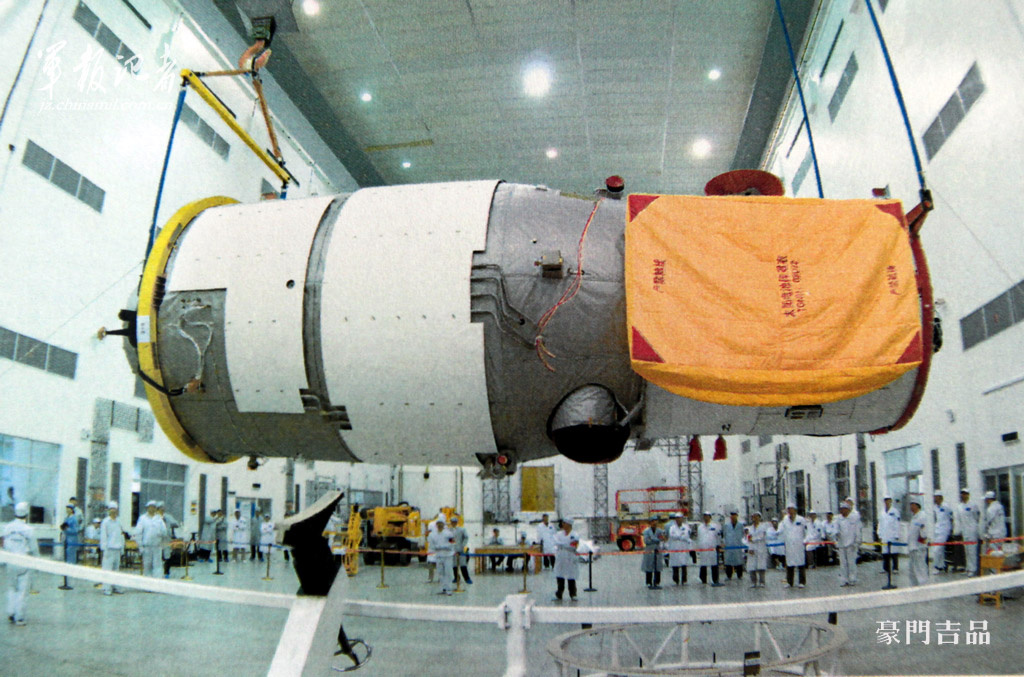
The Chinese have repeatedly talked about plans to create their own space orbital station. For several years, preparations were underway for the practical stage, and now scientists and engineers from the Middle Kingdom have begun to implement it.
On Monday, a Changzheng 5B booster rocket was delivered to the Wenchang Cosmodrome on Hainan Island in South China. This is a heavy rocket that will launch the main block of the orbital station into orbit - it weighs 22.5 tons. The launch should take place before the beginning of this summer - the Chinese are acting very quickly.
According to the calculations of Chinese specialists, in order to build the "Heavenly Palace", as the station is called, it is necessary to carry out 11 launches . The main module with an area of 50 m 2 houses the plant control center and living quarters. The main module is already installed on the rocket. It is called "Tianhe" ("Milky Way"), and two scientific modules are poetic names "Wentian" ("Inquiring to the sky") and "Mengtian" ("Dream sky").

The next stage is the launch of the Tianzhou 2 cargo ship, and then the launch of Shenzhou 12 with Chinese specialists on board. They will be engaged in assembling the elements of the main unit in orbit - unfortunately, there are no robots that can do this work yet.
After assembly, the main unit will be carefully checked, all the necessary systems will be connected - it will take about a year. Then two more modules will be sent into space - this time laboratories. Their total area is approximately equal to the area of the main block. In addition, it is planned to launch a scientific module with a telescope - however, it will work in automatic mode, docking with the station only to perform service.
According to the head of the People's Republic of China Xi Jinping, China is starting a new phase of interstellar research, moving forward progressively in order to contribute to the peaceful use of space for humans.
China plans to make about 40 launches this year.
Before embarking on the creation of a full-fledged orbital station, the Chinese tested two single-module systems. The first, Tiangong-1, was launched into orbit in 2011. It was similar to the early devices of the Salute series.

Then, after its planned deorbiting and falling to Earth, the Chinese launched the Tiangong-2 single-module station. It was created not only to practice maneuvers in orbit, but also to study life support systems, test air regeneration and conduct a minimum set of scientific experiments.
Well, now China is creating a full-fledged station, so we can only wish good luck to the project team members. I would like to hope that everything will go smoothly and according to plan - something like the landing of the Perseverance rover on the Red Planet.
